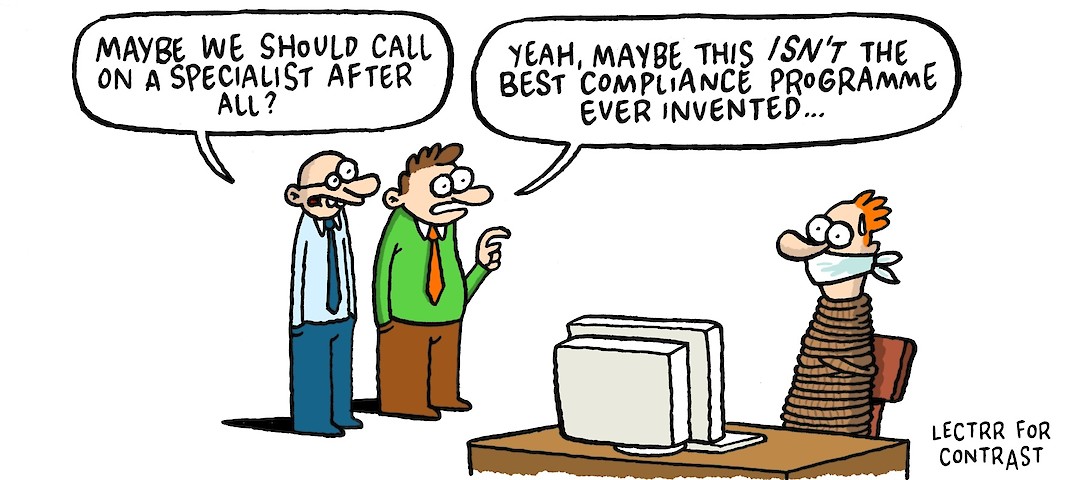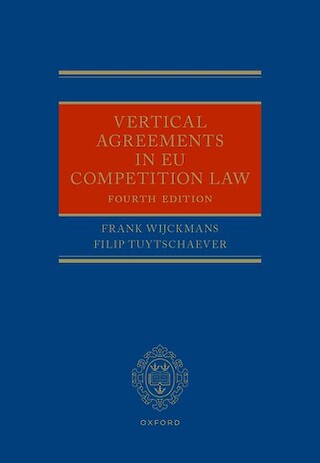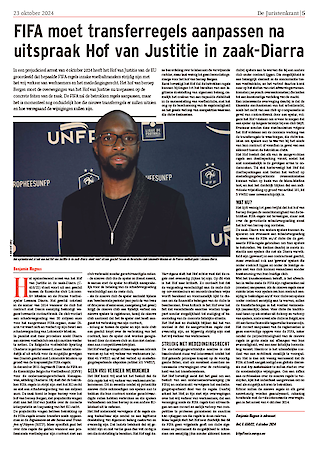In the Picture

Competition compliance programmes: an ounce of prevention is worth a pound of fines
January 2015Imagine . . .
that one morning you are asked to provide access to your mailbox, immediately. You have never been confronted with such a request before, and you ask your company lawyer to explain. He tells you that the access is part of an audit relating to competition law, the “competition compliance” programme.
A brief clarification.
A “competition compliance” programme is important, because a company can be held liable for competition law violations committed by any of its employees. It makes no difference whether the employee has retired in the meantime or now works for a different company. The fines for such violations can amount to 10% of the group´s annual turnover and are a financial hammer blow for any company.
So a company does better to engage in a prevention to avoid as much as possible to have to pay dearly. With a well-constructed compliance programme, the company can map out the competition risks, limit these risks and monitor them.
What does a “competition compliance” programme consist of?
Firstly, the risks to which the company is exposed are identified and evaluated. This is done by means of an audit of representative contracts, interviews with employees, as well as "mailbox reviews", where the company asks to access the mailbox of selected employees. Generally this involves employees who come into contact with competitors, for example because they hold a commercial position or represent the company in a trade federation. The competition law risks of the company can be identified on this basis.
In a second phase, these risks are limited. This is achieved using a wide range of instruments that can, roughly speaking, be subdivided into three categories. For each of the categories it is important that they enjoy the support of the company´s senior management.
A first category consists of targeted (face-to-face and/or online) training courses for employees. Such training courses review the absolute “dos and don’ts” of competition law and what employees have to do in risk situations. A second category consists of specific guidelines to be provided to the employees for such risk situations (for example, meetings of trade federations, lobbying with competitors). As a third category a procedure is often provided where the employees must obtain advance approval from the management or the Legal department for certain contacts with competitors.
Experience has shown that a competition compliance programme cannot entirely eliminate the risk of competition law infringements, but it can significant reduce the risk.
Concretely.
What do you have to pay attention to when setting up a competition compliance programme for your company?
- The Legal department cannot do it alone. Compliance must become an integral part of how the company does business. Support from senior management is essential.
- Experience has shown that training courses have a limited period of efficacy, so it is important to organize training on a regular basis.
- Make sure there is an internal or external contact point for competition-law questions and encourage people to use it. Be careful: internal communications can form the object of discovery proceedings and can then be used as evidence. Confidentiality applies only for communications with the company´s external Legal counsel.
Want to know more?
Consult the documentation of the seminar on “Risk management in competition law” from contrast law seminars.











